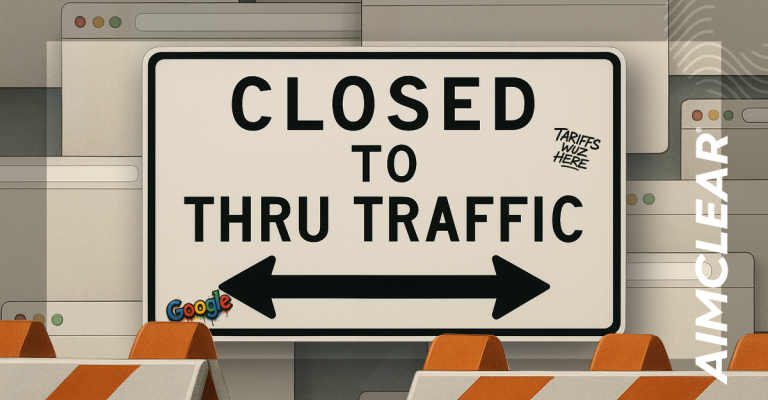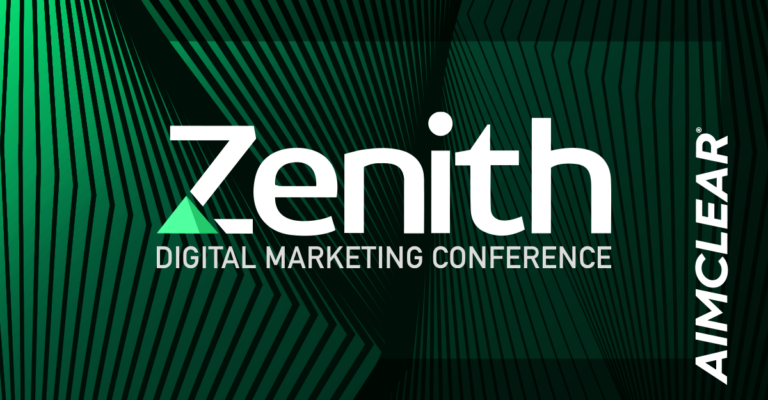
Though SEM agency pricing models fall into identifiable categories, percentage of spend, pay per performance, fixed hourly, customized services, and monthly retainer, there are many permutations. Most agencies settle on a hybrid business model encompassing facets each as apply to their unique business and clients’ needs. Also, there are advantages and disadvantages related to what types of prospects an SEM shop targets.
This post explores the pros and cons of common search-focused advertising agency models and the profiling of potential clients. Also the panelists, all seasoned SEM business veterans, named prices and shared freely.
The SES Chicago 2007 session, attended primarily by SEM and advertising agency players, was called “SEM Pricing Models, How should you charge for SEM work?” The information was immediately actionable as validated by the crowd’s probing questions.
Kevin Heisler, Executive Editor, Search Engine Watch moderated the panel which featured Mike Murray, VP, Fathom SEO, Damian Finlay, Managing Director, Epiar Inc., John Grudnowski, Director of Modern Media, space150.
Percentage of Spend
This model is common and features many pros including ease of client budgeting, agency profits grow along with campaigns, and an easy entry point for new clients which provides a vehicle to expand the agency’s roster.
The cons are that the client actually pays the agency to spend money, not necessarily to invest time on projects. Sometimes clients associate naturally-expanding scope as a “sales pitch,” which is a problem. Further, clients spending less than 50K annually are not profitable. In this scenario testing is “investment time” so the agency is incented to limit time-in.
Per Per Performance
It’s much easier to score new business but all of the panelists noted danger in the model. The pros include the ease in selling services to new clients and success can breed outstanding margins.
The cons include difficulty in scaling campaigns with “upfront performance parameters” and difficulty in integrating brand campaigns. Because loyalty campaigns and reputation management do not have obviously tangible KPIs, they require a separate negotiation. Also, it’s often necessary to control the entire experience including agreements that encompass audit processes and other nasty business. All of this can be a stressful pain in the ass.
Fixed Hourly Rates
The advantages of fixed hourly engagements include enhanced resource planning ability and careful scheduling of top talent for each account. It’s easier to allocate each month to build out campaign strategy, testing and multi-year relationships often result. It’s common to integrate an analytics license and bid management as flat fees.
There are negatives. There needs to be a process in place to handle scope-creep, and “with flexibility comes increased organizational, client service , commitments.” The profit is sometimes less “versus percentage of spend and performance in the long term.”
Customized SEO Services
Not every client’s needs are the same. Perhaps the domain is “virgin” or it’s an established site-in which case there might be ugly “inheritance issues.” Some agencies offer ala carte services, often added on to other models, which include, web site audits, complete site redevelopment, web analytics, monthly maintenance plans, hourly consultation, copywriting services, and, application development.
What Prospects Should You Target?
When determining whether a potential client is a good fit for an agency, there are tradeoffs which should be considered. In particular, there are advantages and disadvantages associated with a prospective client’s size.
It’s often easier to attain quick buy in from smaller companies and there’s much less resistance to making sweeping changes quickly. However, their budgets are usually lower. Also small clients who can’t really afford the services are often the most demanding. Large companies have a relatively hands-off approach but there are multiple departmental layers, legal/regulatory issues, and “brand limitations. The sales cycle takes months to close the deal and the expectation is of constant ROI reporting. That said, they have the cash to pay you extremely well.
Midsize clients tend to offer the best of all worlds. Executive approval is relatively easy and the sales cycle is more reasonable. There are less interdepartmental layers and the search marketer often has access to the decision maker and other teams. Medium size clients can afford to pay fairly for the services and understand the value proposition.
Proposals and Contracts
Proposals and contracts are a must to solidify mutual expectations and “shows seriousness and professionalism.” Also, the contract covers your ass in the event of a crash. “Don’t underestimate the impact of good design” in proposal writing as it speak volumes about your work
Pricing
Pricing is always based on what market can bear and premium price tags are often hard to negotiate outside of New York and LA. Making things more difficult is the reality that “small-town companies expect big-city service at small-town prices.”








